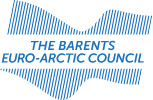Barents Success Stories
Here are featured success stories of the cooperation in the Barents Euro-Arctic Region.
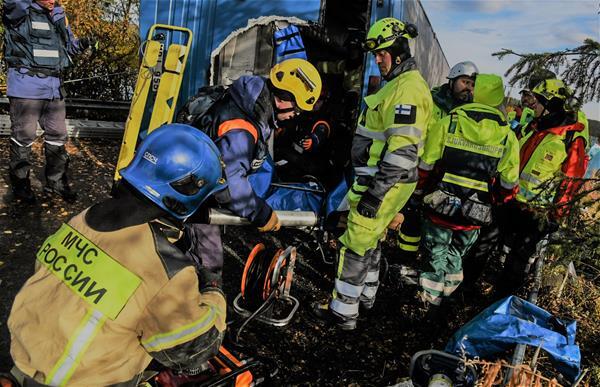
Barents Rescue
Conducted for the first time in 2001, Barents Rescue has become one of the core areas of Barents cooperation. Barents Rescue is a civil international crisis management exercise designed for developing the capacity for cross-border collaboration when dealing with natural and man-made disasters, large-scale accidents and other emergencies in the Barents region.

Barents Cultural Festivals
In the Barents region there are many cultural festivals which have multicultural activities. They are crossing cultures with joint projects of performers from different countries. They present opportunities for people to experience art and communicate with each other within the cultural field. Such annual culture festivals are BarentsBird in Murmansk, Barents Spektakel in Kirkenes and Pomor Festival in Vardø.
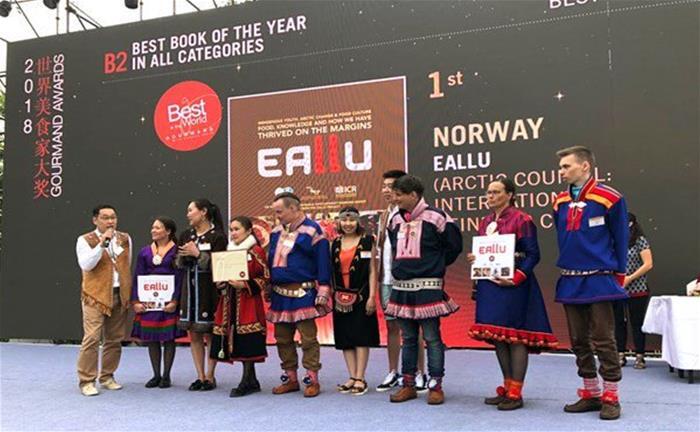
EALLU
Arctic Indigenous Youth won Best Food Book of the World, across all categories! The 22nd Gourmand International Cookbook Award was held last year in Yantai, China. An international group of young indigenous peoples participated in this major Food Culture event in the world with their cookbook entitled: “EALLU –Food, Knowledge and How We Have Thrived on the Margins”.
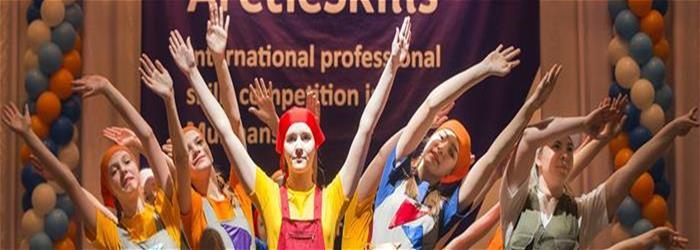
ArcticSkills
ArcticSkills is a vocational training championship held every year in the Barents region. The aim is to increase the status of vocational education and come up with joint standardization of vocational programs.

Norwegian-Russian School in Murmansk
The Russian-Norwegian school is a one-year course that brings students to Murmansk. The purpose of the school project is to invest in the youth; to build a good network for future endeavours across the border and to learn each other’s language and culture.

Swedish-Karelian Business and Information Centre in Petrozavodsk
The Centre assists small and medium-sized enterprises in delivering information about opportunities for economic cooperation.
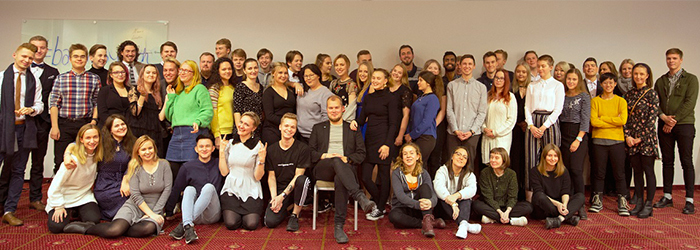
Preventing youth emigration and brain drain in the Barents Region
A common challenge for the four countries in the Barents Region is youth emigration. The Barents Regional Youth Council is an association of 15 youth representatives from Russia, Norway, Sweden and Finland, promoting opportunities for youth living in the north while facilitating dialogue and contacts across national borders.
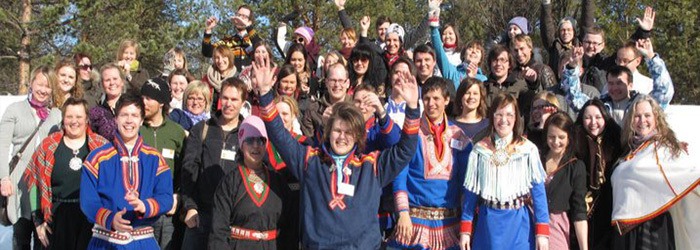
Indigenous Entrepreneurship project – Indigee
Young people from indigenous communities had a chance to develop their business ideas, skills and enterprises.
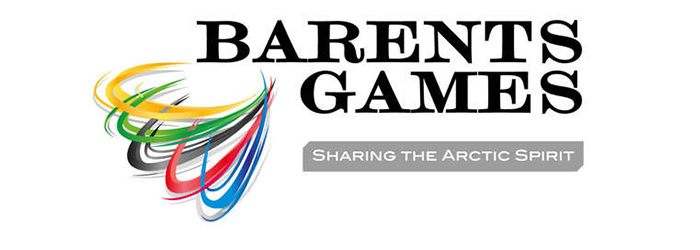
Barents Games
Barents Games is a sports festival uniting 30 different sports. The games are an arena for both sporting and cultural exchange and makes people-to-people cooperation between the four countries in the Barents region possible.

The Encyclopedia of the Barents Region
The Encyclopedia of the Barents Region is a result of the fruitful collaboration between educational institutions of 13 Barents regions. The Encyclopedia contains 415 articles covering the history, culture and economy.
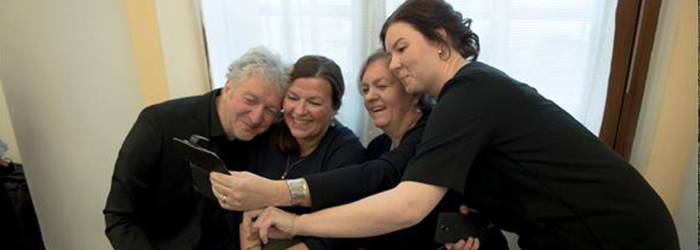
Barents Scholarships for Cultural Cooperation
The goal of the Scholarship, started in 2016, is to serve as a recognition of outstanding arts and culture, encouraging cross-border cooperation in the Barents region. The first four scholarships were awarded on October 2017.
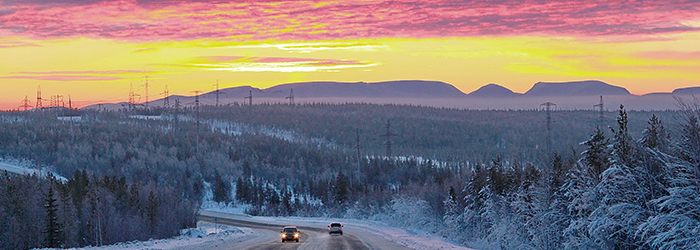
Twelve Environmental Hot Spots in the Barents region excluded
The Barents Environmental Hot Spot List from 2003 consisted of 42 major polluters and severely polluted sites that impose health and environmental hazards on their surrounding communities and nature. Many of the Barents Hot Spots have achieved significant environmental improvements during the recent years, while others still remain to be solved. In total so far, 9 hot spots were completely excluded and 3 hot spots were excluded partially. Photo: Valentin Galenko

Discover Barents Photo Contest
In 2017, the Regional Council of Kainuu in cooperation with the Finnish Ministry of Employment and the Economy and the Ministry of Foreign Affairs organized a photo competition Century of Nature Photography. The idea of the competition was to capture beautiful moments from the Barents Area.
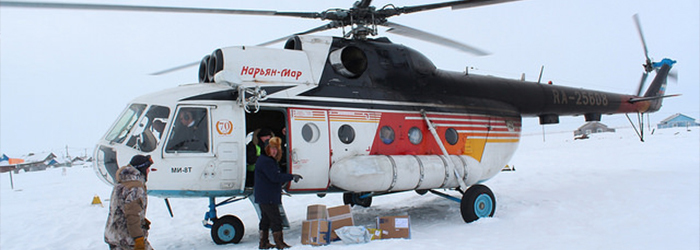
Telemedicine in Northern Norway and North-West Russia
In 1993-2001 hospitals of Arkhangelsk Region and Regional Clinic of Northern Norway in Tromsø conducted a project with a aim at developing and strengthening collaboration between health care personnel as well as at facilitating access of the region’s population to medical services, sharing competence and knowledge between health workers and establishing a distance learning program for Russian and Norwegian health care personnel.

Cross-Border Corridor Murmansk-Kirkenes
Trifon tunnel near Storskog-Borisoglebsk border crossing point, Bøkfjord Bridge and reconstruction of the European route E105 on both sides of the border are good examples of long-term transport infrastructure development in the Barents region in accordance with the Joint Barents Transport Plan, which is being constantly updated.
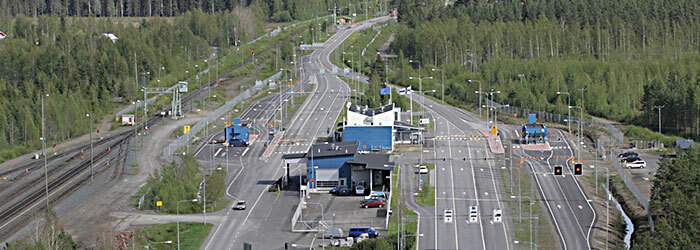
Euregio Karelia region
Border between Finland and Russia is one of the smoothest borders between EU and Russia. One of the concrete examples of a well working cross-border cooperation in the Barents Region is Euregio Karelia cooperation forum, which has been a tool to enable and enhance the cross-border cooperation in a very significant way.
